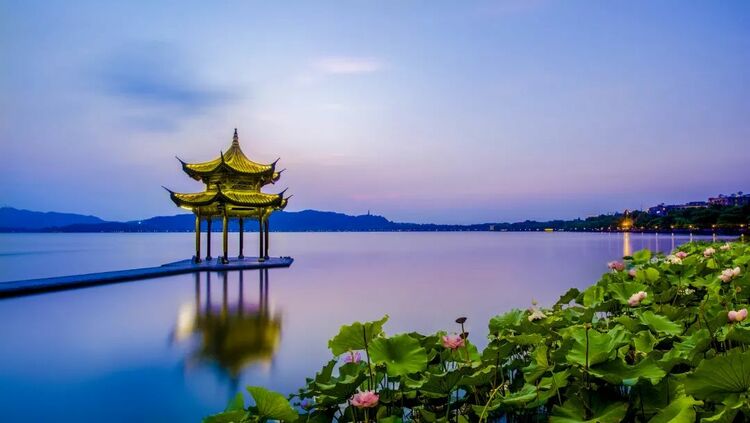
Cities of Crafts and Folk Art Series: Among the seven categories of the UNESCO Creative Cities Network (UCCN), there are cities that have made great achievements in crafts and occupy an important position in the field of folk art. They are Cities of Crafts and Folk Art.
The selection of Cities of Crafts and Folk Art for the UCCN is based on strict international standards. These include the long history of a particular form of crafts and folk art, a wealth of contemporary production of crafts and folk art, a large number of craftsmen and indigenous artists, vocational training centers related to crafts and folk art, platforms intended to promote crafts and folk art, as well as infrastructure related to crafts and folk art.
Now the world has 59 Cities of Crafts and Folk Art, including Carrara, Biella and Como of Italy, Limoges of France, Hangzhou, Suzhou, Jingdezhen, Weifang of China, Kanazawa of Japan, Incheon, Jinju and Gimhae of South Korea, Tétouan of Morocco, Cairo of Egypt, Santa Fe of the United States, and Ayacucho of Peru.
The "Cities of Crafts and Folk Art" series helps you explore the charm of culture and art.
Introduction
The first episode of this series will focus on Hangzhou, the "City of Crafts and Folk Art". Among the seven categories of the UCCN, Hangzhou highlights more than one urban feature. Why has it been selected as the "City of Crafts and Folk Art"? What kinds of crafts and folk art are there in Hangzhou now? Hangzhou is the first city selected as the "City of Crafts and Folk Art" in China. What development opportunities will this world-class "golden name card" bring to Hangzhou? Today, ICCSDwill reveal all the answers!
Overview: The Most Memorable Chinese Arts and Crafts Are in Hangzhou
Traditional Crafts: Xixing Lanterns and Hangzhou Silk — Handicrafts Unique to Hangzhou
Featured Activities: Intangible Cultural Heritage Activities Empower Folk Arts and Crafts
Creative City Construction: Innovation and Creativity Contribute to the High-Quality Development of Hangzhou
On April 10, 2012, former Director-General of UNESCO Irina Bokova wrote a letter to the then Mayor of Hangzhou Shao Zhanwei, granting approval for Hangzhou to join the UCCN. Hence, Hangzhou has become the world's 31st city to join the network as the "City of Crafts and Folk Art". It is also the first city in China to join the UCCN and gain such recognition. This means that Hangzhou has established an impressive "international brand" in the cultural and creative industries. Meanwhile, the construction leadership group of the "City of Crafts and Folk Art" awarded 10 units such as Xiling Seal Art Society, China National Tea Museum, Southern Song Dynasty Guan Kiln Museum, Hangzhou Arts and Crafts Museum Group, Qinghefang Historical and Cultural Block, as the first batch of inheritance bases of the "City of Crafts and Folk Art".

The Most Memorable Chinese Arts and Crafts Are in Hangzhou
Hangzhou is the happiest city in China, the capital of Chinese cartoon & animation, the capital of Chinese tea, the capital of Chinese e-commerce, the capital of Chinese leisure and food. With a long history and a variety of traditional crafts and folk arts, it boasts eight state-level intangible cultural heritage projects in China. As a famous historical and cultural city, Hangzhou needs to inherit the existing culture and folk crafts. Among the 40-plus museums in Hangzhou, over 30 are related to crafts and folk art. This symbolizes a solid foundation for the development of folk arts and crafts.
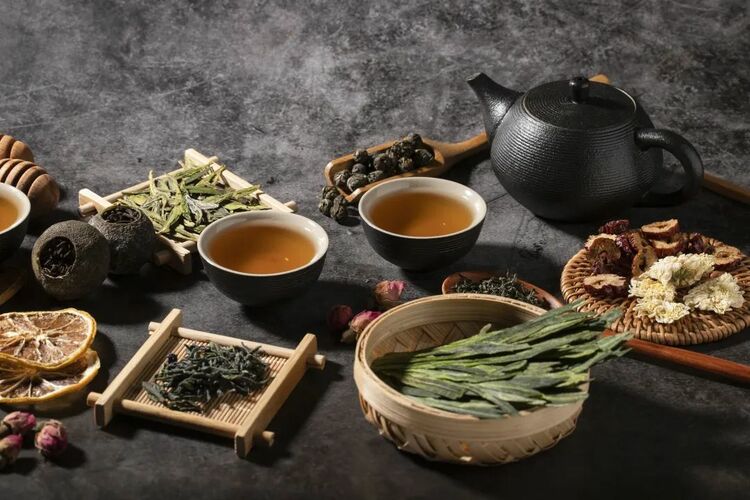
Cultural and creative industries need to have differentiated development thinking. The differentiated development of cultural and creative industries in Hangzhou should focus on crafts and folk art. Hangzhou not only enhances the inheritance of traditional arts and crafts, but also strives to promote positive interaction between traditional art and modern times & economy. At present, Hangzhou is in the transition period of promoting the city's primary and secondary industries through the development of cultural and creative industries. Hangzhou's rich history and culture have proved crucial for such transition, especially in the handicraft industry. With the traditional arts and crafts, the natural materials in Yuhang Town can be processed, and with the wonderful skills of designers, economic benefits will be realized. The most fashionable and creative products are those made with the most traditional craftsmanship.
Xixing Lanterns and Hangzhou Silk — Handicrafts Unique to Hangzhou
Xixing Lanterns are the municipal-level intangible cultural heritage of Binjiang District, Hangzhou City, traditional handicrafts with thousands of years of history. In 2006, Xixing Lanterns were included in Hangzhou's list of the first batch of intangible cultural heritage items and the provincial list in 2010. Each lantern goes through six processes, namely chopping bamboo & splitting strips, weaving lamp shells, pasting paper & coloring, drawing & writing, smearing tung oil, and making a base. Most lanterns are small and lovely with pavilion and lotus patterns or auspicious characters written on them. During the Song Dynasty (960-1279), handmade bamboo lanterns in Xixing, Hangzhou became famous all over China, and almost all the lanterns used in the court of the Southern Song Dynasty (1127-1279) were made by Xixing people.

Posters of Xixing Lanterns listed in the provincial-level intangible cultural heritage items and lantern making methods can be seen everywhere in the historical and cultural block of Xixing Old Street. Xixing Old Street and Eastern Zhejiang Canal sit parallel to each other. In the past, the area boasted rows of shops and a number of businessmen. Most of the shops were two-story houses, backed by rivers. Small bridges, flowing water, houses, white walls and black tiles, streets and lanes are typical features of ancient towns south of the Yangtze River. In 2002, Xixing Old Street was listed as one of the ten historical blocks under protection in Hangzhou, and it is one of the best preserved old streets in the city. The protected area of the old street highlights not only buildings of the late Qing Dynasty and early Republic of China (1900-1920) that have been listed as historical and cultural sites under protection, but also old-style hair-shaving shops, wooden stool shops, teahouses and Xixing Lanterns with thousands of years of history.

Scenery of Xixing Old Street Protected Area (Photo via Zhejiang Daily)
"There is heaven above, Suzhou and Hangzhou below." Besides Xixing Lanterns, Hangzhou's unique handicrafts include silk, tea leaves, seal engraving and ceramics.
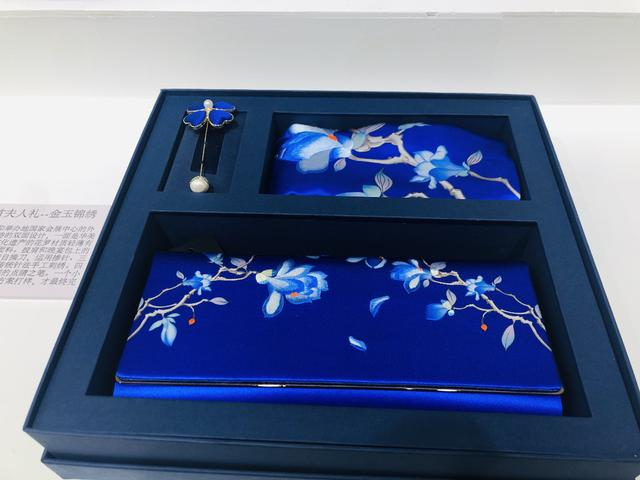
Silk
Hangzhou's silk design also boasts a long history, as shown in silk fabrics unearthed at Liangzhu relic site which date back 4,700 years. The great poet of the Tang Dynasty (618-907) Bai Juyi has written, "Red sleeves fluttering, beautiful ladies are weaving satin. Tourists are dazzled by the brilliant colors. Fragrant pear blossoms draw travelers who can't wait to taste the flower wine." Such lines prove the fineness of Hangzhou's silk at that time. Moreover, a variety of silk shops covering Qinghefang in the past witnessed the boom in silk economy. Hangzhou's silk is light in weight, soft in texture and beautiful in color, playing a vital role in the traditional Chinese silk weaving industry. The traditional craft has been passed on to this day, and Hangzhou is also the center of silk production and trade in China. In 2009, Hangzhou's "Manufacturing Craftsmanship of Rinsing Silk Wadding" and "Hangluo Weaving Technique", as important representatives of "China Sericulture and Silk Weaving", were officially included in the Representative List of Intangible Cultural Heritage of Humanity by the United Nations. Du Jinsheng Silk Brocade has also been listed as a state-level intangible cultural heritage item in China.
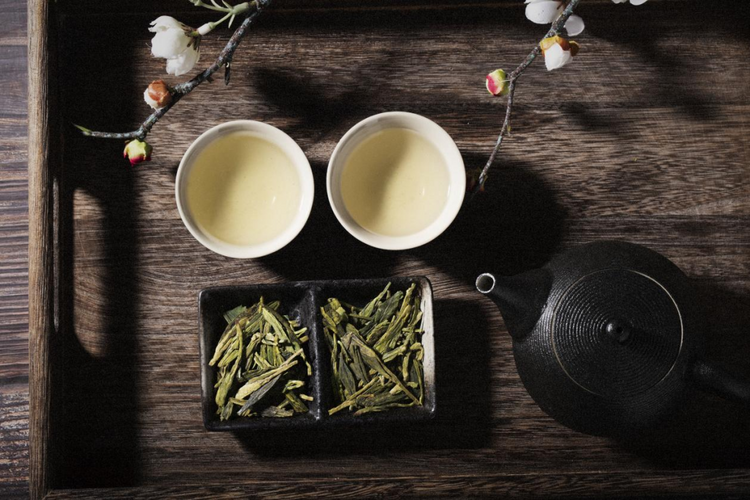
Tea Leaves
Hangzhou is one of the most famous tea-producing areas in China, with West Lake Longjing Tea gaining great fame. The West Lake Longjing Tea boasts a long history of development, dating back to the Tang Dynasty of China. When Emperor Qianlong of the Qing Dynasty (1644-1911) visited the West Lake in Hangzhou, he praised the West Lake Longjing Tea and conferred the title of "imperial tea" on 18 tea trees in front of Hugong Temple under the Shifeng Mountain. So Hangzhou is also known as the tea capital of China. The West Lake Longjing Tea is always seen as a state gift to promote diplomatic relations between China and foreign countries, because the tea is not only a golden name card of Hangzhou, but also the brand of the Chinese nation. In 2008, "West Lake Longjing Tea Making Technique" was listed as a state-level intangible cultural heritage item in China. On June 24, 2011, at the 35th session of the World Heritage Committee held in Paris, China's "West Lake Cultural Landscape of Hangzhou" was inscribed on UNESCO's World Heritage List. In addition to the West Lake, the Longjing tea culture and tea garden landscape have also become an integral part of this heritage.
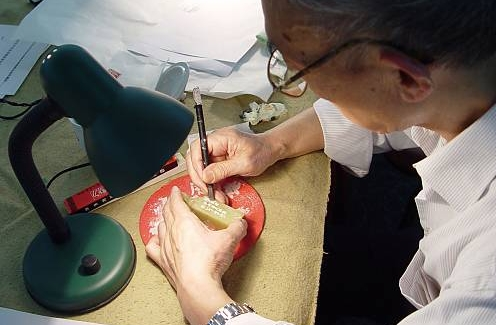
Seal Engraving
The metal and stone carving of Xiling Seal Art Society is a testimony to Hangzhou's long history of traditional crafts and folk art. Xiling Seal Art Society is the earliest national seal art society established in China, with the aim of "preserving inscriptions on metal and stone, studying the art of seal engraving, as well as painting and calligraphy". It is the academic group with the longest history, the greatest achievement and the most widespread influence at home and abroad in the study of metal and stone carving, hence winning the honor of "Seal Art Research Center" and "the No.1 Seal Art Society in the World". The metal and stone carving of Xiling Seal Art Society is an important part of Chinese stone culture. From unearthed ancient seals which date back to the Warring States Period (475-221 BC) to the Chinese seal which went global during the 2022 Beijing Olympic Winter Games, Chinese seal engraving art has a long history of more than 3,000 years. The literati seal engraving which rose after the Song and Yuan Dynasties (960-1368) is probably the most representative of the art spirit in the more than 3,000 years of development of seal engraving. In 2009, the metal and stone carving of Xiling Seal Art Society was officially included in the Representative List of Intangible Cultural Heritage of Humanity by the United Nations as an important representative item of "Chinese seal engraving art".

Ceramics
Hangzhou always plays a pivotal role in the history of Chinese ceramics. The Guan kiln porcelain of the Southern Song Dynasty ranked first among the five famous kilns of the Song Dynasty. It makes other ceramics pale in comparison in terms of glaze color, network of crack lines and shapes. When Lin'an (now Hangzhou) was the capital of the Southern Song Dynasty, Xiuneisi and Jiaotanxia kilns were established to produce special royal products for the court, so they were called "imperial kilns of the Southern Song Dynasty".
The Guan kiln porcelain of the Southern Song Dynasty are renowned for four major features, namely pink and light green glaze, purple mouth and iron foot, broken-ice cracks, thin bodies and thick glazes. Its shape, glaze color, body quality and artistic level have reached the peak of ancient Chinese porcelain, especially the surface glaze crackled texture, craftsmanship and aesthetic connotations.
Intangible Cultural Heritage Activities Empower Folk Arts and Crafts
In recent years, in order to better protect and utilize the features of intangible cultural heritage, integrate more related practice into people's life, improve the quality of traditional crafts, inject vitality into inheritance, Hangzhou has launched a series of related policies and measures, held a variety of featured events. All these have breathed new life into the building of "City of Crafts and Folk Art" and enriched the connotations of "City of Crafts and Folk Art".

(Photo via Zhejiang Daily)
In June 2021, the launching ceremony of "Cultural and Natural Heritage Day" Hangzhou series of activities was held in the Canal Cultural Square of Gongshu District, and Hangzhou's first 10 intangible cultural heritage tourism routes themed on "Enjoying Intangible Cultural Heritage in Hangzhou" were officially released to the public. Each of these routes, each tourist attraction and experience site, carries the label of Hangzhou intangible cultural heritage, which is well worth checking out.

Hangzhou's first batch of intangible cultural heritage tourism routes are Dating the Southern Song in Inheritance themed on "Tracing the Charm of Song Dynasty, Meeting Intangible Cultural Heritage", Journey to the Grand Canal for Knowledge about the Intangible Cultural Heritage themed on "Passing through Beijing-Hangzhou Grand Canal and Witnessing the Magical Craftsmanship", Wandering Longwu Tea Garden, Colorful One-Day Trip to Binjiang, Qiantang Surging Tide • Intangible Cultural Heritage and Rural Tour, Liangzhu Culture and Jingshan Tea Cultural Tour themed on "Chinese Civilization, Millennial Fragrance", Fuchun Mountain Residence • Millennial Paper Village Tour", Three-Day Tour on Tonglu Folk Customs, 17℃ Jiande Xin'an River • Love Together Tour, Intangible Cultural Heritage • West Lake Celebrity Tour.
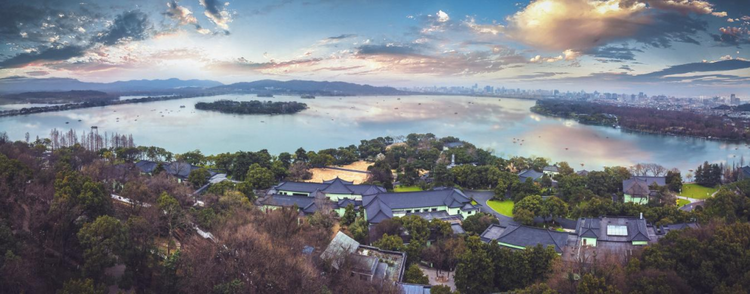
These ten routes have almost highlighted all the major cultural elements of Hangzhou as a famous cultural city. Integrated as a whole, they have formed intangible cultural heritage tourism products with prominent characteristics of Hangzhou, hence further improving the cultural connotations of Hangzhou's tourism products. In this manner, intangible cultural heritage is better integrated into people's life, becoming items that can be listened to, played, tasted, toured, made, appreciated, items full of vitality, as well as empowering the marketization of intangible cultural heritage handicraft products.
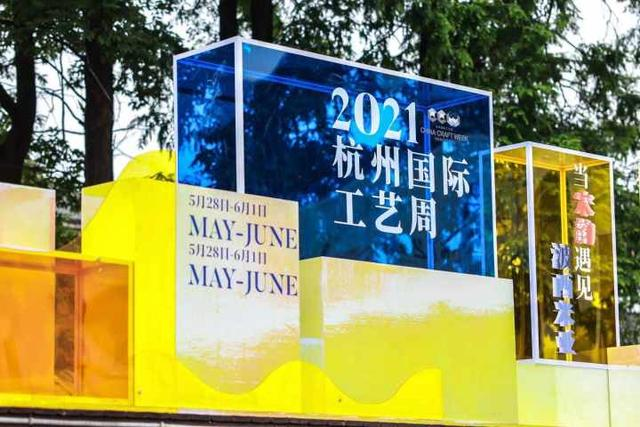
(Photo via Qianjiang Evening News)
The intangible cultural heritage tourism routes allow people to have a preliminary understanding of traditional crafts, while China Craft Week in Hangzhou enables the public to have a close look at traditional handicrafts. China Craft Week in Hangzhou is an international cultural exhibition with the theme of traditional handicraft innovation. On the platform of the exhibition, design masters at home and abroad are brought together to communicate and interact with global artisans and explore the trend of globalization of crafts. From May 28 to June 1, 2021, China Craft Week was held with the theme of "When Song Dynasty Charm Meets Bohemia". Ceramics and glass works were the main showcase of this event. When Song Dynasty-style porcelain met Bohemian-style crystal and colored glaze, when tradition integrated with modernity, when the classic collided with fashion, the charm of cultural infusion impressed everyone.
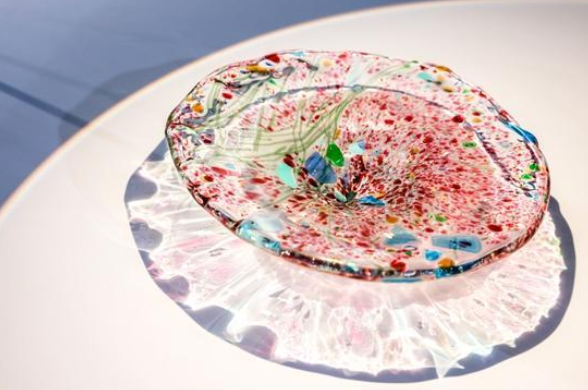
Meng Shu Hand-blown glass artwork (Photo via people.cn)
In September 2021, the 13th Zhejiang China Intangible Cultural Heritage Exposition (Hangzhou Craftsmanship Week) was held in Hangzhou, with "Sharing Intangible Cultural Heritage for Common Prosperity" as the theme. Centered on the four categories, namely Light of Inheritance, Path to Rural Vitalization, Youth Study Tour, and Beauty of Cultural & Tourism Integration, the event developed experience centers of cultural tourism consumption that enabled purchase, appreciation and interaction. Online broadcast exhibitions and live streaming offered more people access to a variety of excellent intangible cultural heritage and tourism resources.
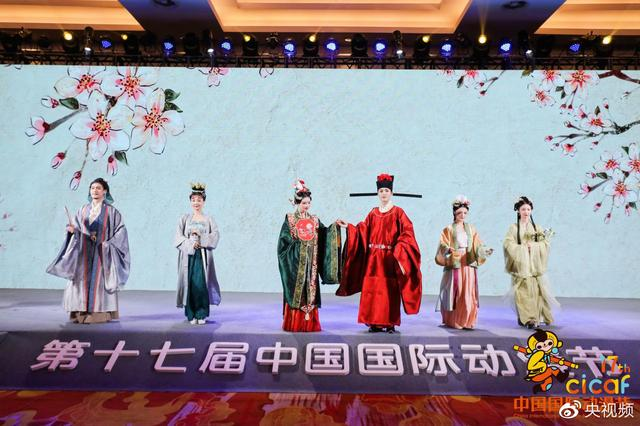
(Photo via CMG Mobile)
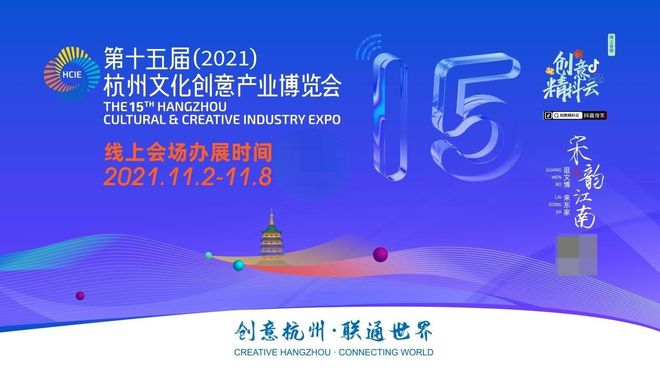
(Photo via Dazhong News)
In addition, many international events have been launched in Hangzhou, such as China International Cartoon & Animation Festival, and Hangzhou Cultural & Creative Industry Expo. The 17th China International Cartoon & Animation Festival kicked off in Hangzhou on September 29, 2021, with a batch of mainstream animation masterpieces showcasing the core spirit of "truth, goodness and beauty". The cartoon & animation festival displayed the latest achievements, development trends and frontier trends of China's cartoon & animation industry. Hangzhou Cultural & Creative Industry Expo focuses on showing the latest achievements of cultural industry development at home and abroad and all kinds of fine cultural products, vigorously promoting fine traditional Chinese culture, red culture, culture of Song Dynasty charm, and excellent cultural brands at home and abroad, as well as strengthening international cultural industry exchanges and cooperation, and boosting the development of cultural trade.
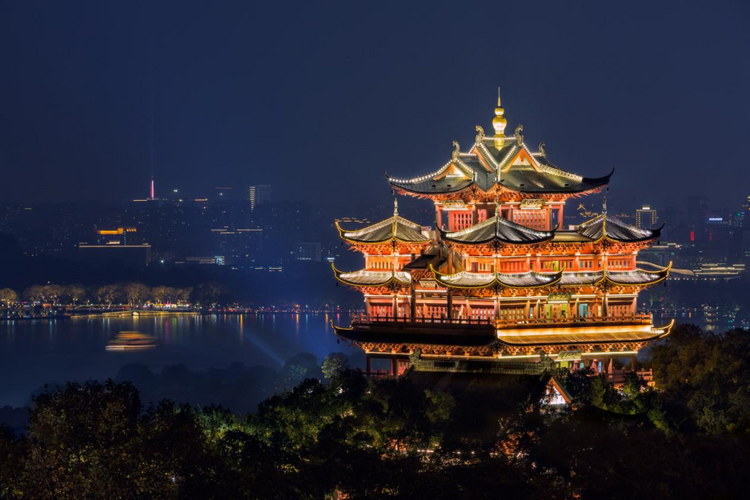
Innovation and Creativity Contribute to Hangzhou's High-Quality Development
Various activities have added vitality to the high-quality development of crafts and folk art in Hangzhou. In 2007, Hangzhou put forward the strategic goal of accelerating the development of cultural and creative industries and building a national cultural and creative industry center. In June 2010, the State Council of China officially approved the implementation of the "Regional Plan for the Yangtze River Delta", recognizing Hangzhou as a "National Cultural and Creative Center" in the city's functional positioning. After winning the title of "City of Crafts and Folk Art", Hangzhou continued to move forward. In 2012, the municipal government launched the project of "Inheritance Plan of City of Crafts and Folk Art, Masters' Apprentice". In May 2012, Hangzhou issued the "Ten Measures to Promote the Construction of the City of Crafts and Folk Art", including increasing financial support, training more inheritors and formulating industry survey system.
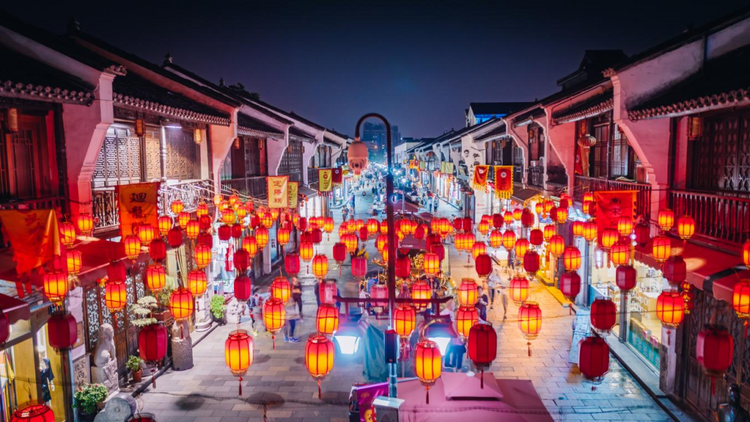
The China Digital Content Industry Development Index and Evaluation Report (2021) released at the 15th China International Cultural Industries Fair (ICIF) showed that in 2020, amidst the pandemic, Hangzhou's cultural industry registered an added value of 228.5 billion yuan (35.9 billion U.S. dollars), with a year-on-year growth rate of 8.2%, accounting for 14.2% of the city's GDP. The total strength of Hangzhou's cultural industry has jumped to the first place in the country's sub-provincial cities. Since the cultural industry is one of the leading and pillar industries in Hangzhou's economic development, CPC Hangzhou Municipal Committee and Hangzhou Municipal People's Government attach great importance to its development, deeply implement the "Thriving Culture" plan, vigorously promote the construction of key projects such as Zhijiang Cultural Industry Belt, and continuously witness the robust development of the cultural industry. From China International Cartoon & Animation Festival to Hangzhou Cultural & Creative Industry Expo, from the creative parks bringing together cultural celebrities to the West Lake Creative Market which nurtures local cultural and creative talents, innovation and creativity have become an important driving force for Hangzhou's development.
Joining the UCCN has brought major opportunities to the development of cultural and creative industries in Hangzhou. It plays a direct role in further promoting the brand of "National Cultural and Creative Center", and the international recognition of the development of cultural and creative industries in Hangzhou, hence effectively enhancing the city image and influence of Hangzhou, and enabling the international community to learn more about Hangzhou, China. Through the exchange and support of cities within the network, as well as the relevant help of UNESCO, Hangzhou's cultural and creative industries will embrace more development opportunities, more cultural and creative products of Hangzhou will directly enter the international industry chain, and businesses will communicate and interact with more counterparts.
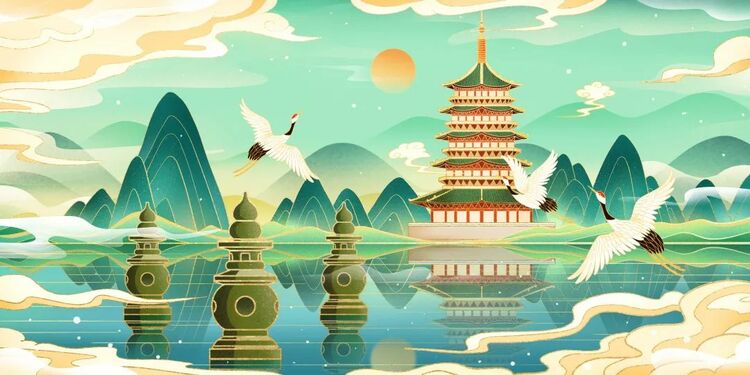
Looking into the future, Hangzhou will promote its own strengths, continuously enhance its global influence as the international "City of Crafts and Folk Art", and empower the city's future development through innovation and creativity.